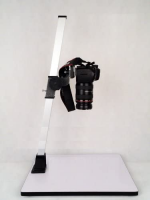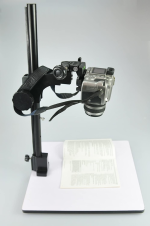- Messages
- 97
- Name
- Richard
- Edit My Images
- Yes
Lomography Digitaliser
I have convinced myself to scan my negatives using my Fuji XT3, 18-55mm kit lens and extension tubes. Having studied up on how to process the RAW files in Photoshop, I am much happier with the results than from my Epson V550, Epsonscan software and a bit of Lightroom adjustment. All good so far. After seeing some positive reviews on the Lomography Digitaliser film holder, I bought both 35mm and 120 holders, and frankly, I am a bit disappointed with them. I don't really get the purpose of the metal base plate and magnetic top. I don't see how it actually flattens the film when you scan, because as soon as you take them off, the film will resume any curve it has in it. Is this user error or a case of clever marketing / over-engineering?
Any other, better solutions, possibly one using ANR glass to keep the film flat?
I have convinced myself to scan my negatives using my Fuji XT3, 18-55mm kit lens and extension tubes. Having studied up on how to process the RAW files in Photoshop, I am much happier with the results than from my Epson V550, Epsonscan software and a bit of Lightroom adjustment. All good so far. After seeing some positive reviews on the Lomography Digitaliser film holder, I bought both 35mm and 120 holders, and frankly, I am a bit disappointed with them. I don't really get the purpose of the metal base plate and magnetic top. I don't see how it actually flattens the film when you scan, because as soon as you take them off, the film will resume any curve it has in it. Is this user error or a case of clever marketing / over-engineering?
Any other, better solutions, possibly one using ANR glass to keep the film flat?





